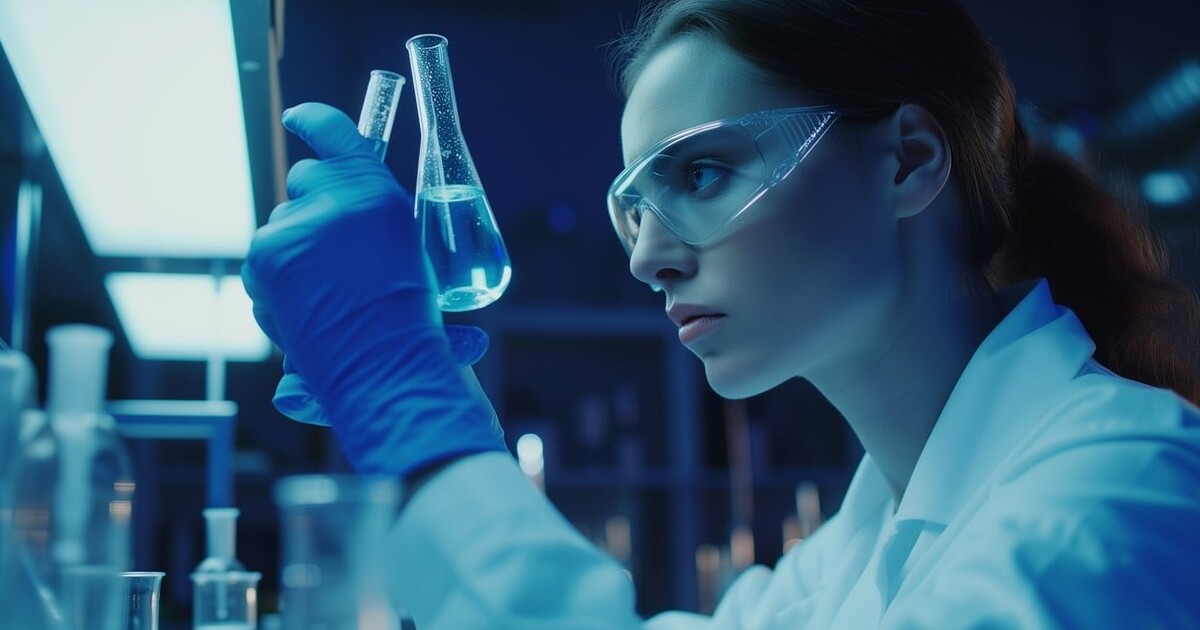Food From Thin Air? The Future
Scientists all around the world are developing revolutionary food substitutes – ranging from the strange to the bizarre.
May 18, 2024

Across the globe, the changing climate affects many nations (that distancing synonym for human beings) whose surfeit or lack of water defines what crops will emerge to feed them.
In the UK, severe autumn and winter rains have slashed harvest forecasts. Wheat, barley, oats and oil seed rape crops are predicted to fall by 4 million tons – 17.5% of production compared to last year.
This means that the cost of making bread, biscuits and other bakery (as well as beer – Britain’s national drink) will go up. Consumers pay for the increase – on top of the increases already in place as a result of Covid, Brexit and the war in Ukraine.
When it rains, it pours
In many countries, excessive heavy rains erode soil and deplete soil nutrients. They have caused escalating agricultural runoff into streams, rivers, lakes and oceans, harming water quality.
This hampers the planting of the next round of crops, with some fields so waterlogged farmers do not expect to plant them at all this season. Flooding in some coastal areas around the globe has already resulted in the complete loss of agricultural land.
In Canada, over 150 wildfires have continued to smolder through the winter – and are expected to break into renewed activity with the oncoming spring. Rising temperatures encourage pests and disease and shift their distribution.
Insects are moving north from the tropics to regions previously found too cold. Where unexpected warmer weather patterns cause plants suddenly to bloom, pollinators such as bees and butterflies enthusiastically emerge weeks before usual – then are eradicated when temperatures slump back to their colder norms.
The media has the wrong priorities
All of this affects what the world has available to eat. Yet, it is AI and technological innovations which daily grab the news headlines. The state of the world’s diminishing food supply is so much less, in tabloid-speak, “sexy.”
Nevertheless, its threat has generated a hotbed of ground-breaking innovation. Beavering away in their labs, scientists are coming up with some revolutionary solutions that go beyond meat-free alternatives to steak and burgers, to the problem of how to feed the world without contributing dramatically to climate change.
At the intelligible end, Curtin University in Perth, Australia, has been running a study in breeding cows to belch less and produce less flatulence by eliminating those genetically inheritable traits.
At the “you-gotta-be-kidding-me” end, Solar Foods (a Finnish start-up) is creating a food out of electricity and air. No, not empty calories. Their invention is called Solein – and is a powder not unlike yeast.
First, natural single-cell organisms are grown in a fermentation process. Next, renewable electricity is used to split water into hydrogen and oxygen. Then, the cells are fed this hydrogen and CO2 magic – plus minerals and nutrients – and abracadabra, food for all!
Truth is stranger than fiction
No, I do not understand either. In any event, the Solein result is a protein to add to alt-meat, cheese and milkshakes, and use as an egg replacement in noodles, pasta and mayonnaise.
It adds “a smooth, silky, full-bodied, rich mouthfeel” (umami to you, me and the Japanese), as well as “complex, layered flavors.”
It must do what it says on the lab sheet since Singapore has already granted Solein “novel food” approval with chocolate bars and gelato containing it already being sold.
Solar is looking to introduce its products to the United States this autumn and to the EU by the end of 2025. (And to the UK, too, if only its regulator manages to slog through the backlog of other products looking for import approval).
The nitty-gritty behind the invention is as complex as AI: Solein mimics soil-dwelling microbes (although its origins apparently lie “somewhere close to shore” in the Baltic Sea) that release the energy they require to live from oxidizing hydrogen – as opposed to glucose that we humans depend upon.
Moving on to fish…
No, I’m none the wiser either. So, let’s move on to fish. North of Hamburg in Germany, a bunch of people in lab coats are working on producing a fish.
Their recipe involves a ruby-colored growth medium rich in minerals, amino acids, sugars and proteins sloshing about in a 50-liter tank. This mixture will give fish cells such a boost they will swim forth and multiply profusely.
The scientists involved say the – er, fish? the squish? – can provide the same nutritional benefits of natural fish – like omegas but without possible allergens, microplastics and other contamination associated with nature’s seafood.
They are not expecting to present you with a Dover sole languishing across your plate in a beurre blanc sauce. Rather, it is fish balls and fish fingers that are on their menu.
Again, it is Singapore that has risen to the bait, as it were, and is looking forward to eating alt-fish. Cultivated meat and chicken are already well accepted there, the country anxious to reduce its food imports – and aware that wild seafood is not sustainable.
Takeaways
Across the globe, the changing climate affects many nations (that distancing synonym for human beings) whose surfeit or lack of water defines what crops will emerge to feed them.
In many countries, excessive heavy rains erode soil and deplete soil nutrients. This hampers the planting of the next round of crops.
The climate affects what the world has available to eat. Yet, it is AI and technological innovations which daily grab the news headlines.
Solar Foods (a Finnish start-up) is creating a food out of electricity and air. Their invention is called Solein - and is a powder not unlike yeast.
Solar is looking to introduce its products to the United States this autumn and to the EU by the end of 2025.
In Germany, a bunch of people in lab coats are working on producing a fish. Their recipe involves a ruby-colored growth medium rich in minerals, amino acids, sugars and proteins sloshing about in a 50-liter tank.
Read previous

Just The Facts
The Carbon Footprint of AI
May 15, 2024
